The expression high lipase milk might scare you when you first hear it, but that’s common with anything that might relate to motherhood.
Doubly so when it relates to your child’s main source of nutrition. It’s something that no amount of maternity classes could have helped you prevent.
The appearance of high lipase milk indicates that your expressed breast milk is going to taste rather soapy or somewhat sour and rancid.
Lipase is a protein that helps the body absorb various fats, in this case, it’s milk fat.
When we have an excess of it, the milk tends to start tasting rather funny to your little one as the fat is essentially pre-digested inside of the milk already – or rather, deconstructed.
Luckily, it doesn’t do much harm outside of a bad taste, so it’s still very safe to consume, but some babies won’t like the taste and will outright reject it unless they’re getting really hungry.
The bad part comes when you realize it too late – when you have to throw your entire freezer stash out because your baby is refusing to take it due to excess lipase.
And no, normally your breast pumps or other nursing utilities won’t have anything to do with the way your milk tastes unless they’ve started cultivating a bacterial infestation due to improper hygiene.
But that’s something that will only apply to milk that goes through a breast pump, not hand expressed or milk-fed directly from the breast.
High lipase breastmilk is just something that can occur naturally due to several factors.
Don’t Throw High Lipase Milk Out
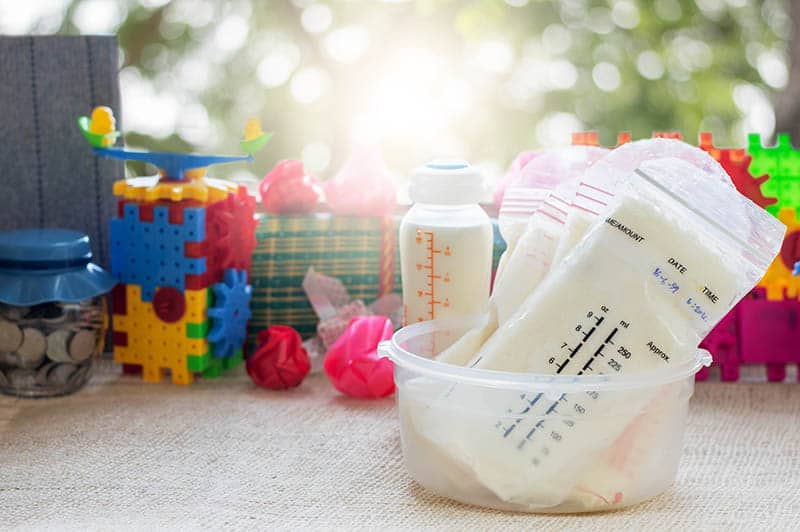
But what if I told you that you don’t have to – that even if your baby doesn’t take to the milk, other babies might benefit from your breast milk, despite its soapy smell and off-taste?
Before you throw it out, consider donating it to a milk bank.
There are some mothers who have problems expressing milk and babies who don’t mind the taste of milk that’s high in lipase.
They’ll greatly appreciate any contribution you can make and if someone can use your stored milk, then your earlier efforts wouldn’t have been for nothing.
What Causes High Lipase Levels In Breast Milk?
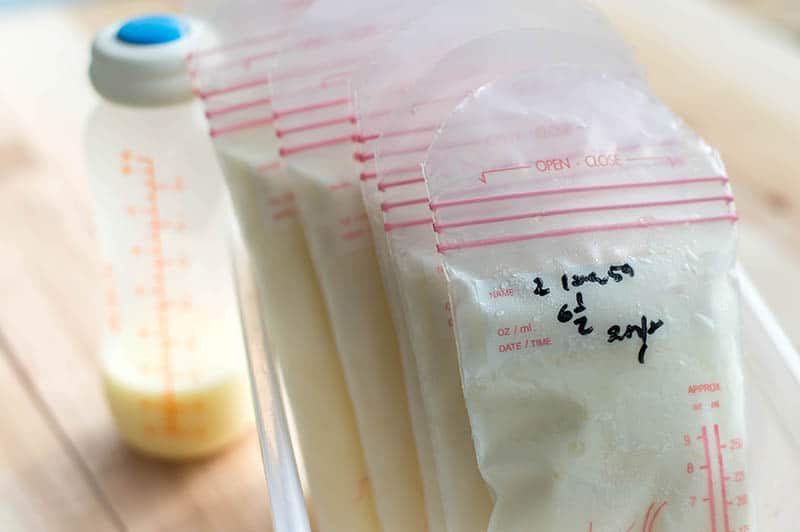
Hyperlipasemia is the condition you’re looking for, one that signifies an excess of lipase in the bloodstream, which can transfer over to other bodily fluids, like breast milk.
The main causes of high lipase levels are an inflamed pancreas or a gallbladder infection.
It also has higher chances to occur in people who tend to like alcohol a bit too much or ones who’ve put on a few too many pounds.
The latter of the two is nothing unusual during pregnancy. And the hormone imbalance during this time doesn’t exactly help in regulating our appetites either.
If you start noticing high levels of lipase in your breast milk with the aforementioned signs, immediately schedule an appointment with your lactation consultant and your doctor.
While lipase-laden breast milk won’t do anything to your baby, your body having high lipase might be a sign that something is wrong with you.
Your doctor is there to help eliminate any of the factors, but a worst-case scenario of high lipase activity could very well be pancreatic cancer.
A morbid thought, but a very real one. At least early discovery can help with early treatment.
Is The Bad Breast Milk Smell Instant?
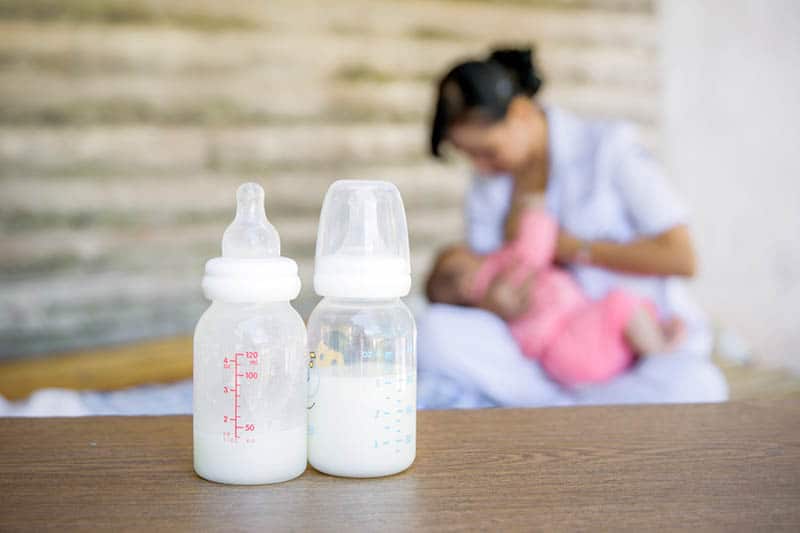
No, not really. It actually depends from person to person and how much excess lipase their breast milk secretes.
You’re still fine giving it to your kids when breastfeeding them directly, but you should taste test your milk out every hour or so to see when it develops the nasty smell.
Depending on the lipase levels in your milk, it can take anywhere from 11-12 hours to several days for this to develop.
You should be fine in the latter cases since you’re expected to use refrigerated milk up within 8 days anyway.
Is This The Only Reason Why Breast Milk Can Smell Bad?
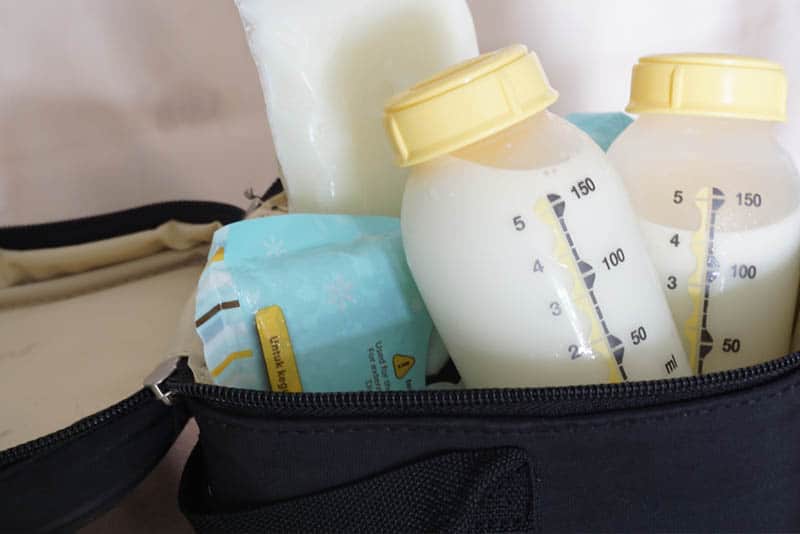
Not really. Sometimes it might get contaminated, which is why, if something like this occurs, you might want to check everything else out first.
One of the possible reasons, as I’ve touched on at the start, could be an unclean breast pump.
If you’re not taking proper hygienic care of it, you might have a bacterial infection develop somewhere in the system (usually a problem with open system breast pumps).
If that happens, you’ll have to throw all the milk out that you’ve pumped, since it’s potentially bad/contaminated, and start a fresh batch AFTER you’ve cleaned the breast pump properly.
Another potential possibility is that your breast milk storage unit is faulty. Maybe your fridge or your freezer aren’t at the right temperatures, causing it to spoil early.
Or, it could just be that you’re not using the right storage containers/storage bags.
Get ones that are intended to store human milk rather than cow’s milk, goat’s milk, or any other sort that isn’t human breast milk.
Chemical oxidation is another culprit that could contribute to bad-tasting milk, which is yet another issue with a bodily chemical imbalance rather than anything to do with the baby products that you’re using.
Should this happen, you should throw away any milk you’ve expressed in the last few days since it isn’t safe for consumption.
But, this problem is fixable.
The usual cause of chemical oxidation is an excess of iron and copper ions in your body that can come from a contaminated water source.
If your water starts tasting funny, swap to bottled water for the time being until the issue is resolved so you can get your breast milk back to normal.
Another factor in chemical oxidation can be expired superfoods.
As healthy as we want to be, vegetable oil past its expiration date, bad fish, or some packaged nuts can be quite bad for your milk supply for the following few days after consumption and could compromise it entirely.
Avoid anything of the sort that has any discernible fats in it that is close to or has expired. It’ll do more harm than good.
The problem might not be the number of existing oxidants, but the lack of antioxidants countering said chemical oxidation in the first place.
You might be lacking vitamin E in your diet and should find someplace to squeeze it in or take some supplements at the very least to balance your oxidation levels out.
How To Treat High Lipase Milk
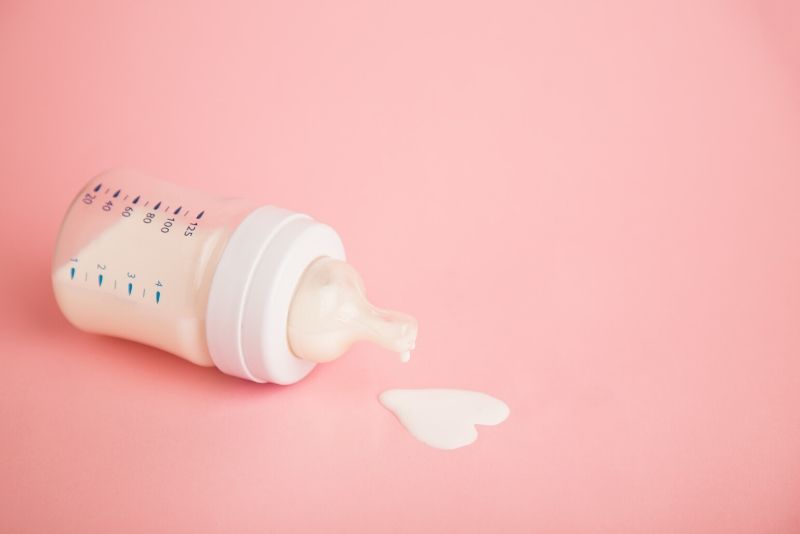
While many babies won’t mind the slightly sour and spoiled taste of milk, there’s still a chance that your little one will reject it.
After you’ve ensured that none of the above factors were at fault here and that it was indeed just some excess lipase, you can go about it in several ways.
You can donate it to a milk bank. I’ve gone into a bit of detail above already so there’s no need to elaborate further.
But, you might be someone who’d still rather use that milk yourself, and there are solutions for that too.
Remember, it’s not toxic or anything, it’s just foul-smelling. Think of it as trying to get your child to eat his least favorite food.
The oldest trick in the book is to mix some of this soapy breast milk with a bit of fresh milk straight from the breast, one that hasn’t had a chance to smell it up yet.
This should numb the bad smell and metallic taste to the point where your child will want to take it.
If this still doesn’t work, there’s another method that’s sure to work since it helps eliminate the smell and taste entirely, but it does require a bit of extra work, and that’s scalding milk.
How To Scald Milk
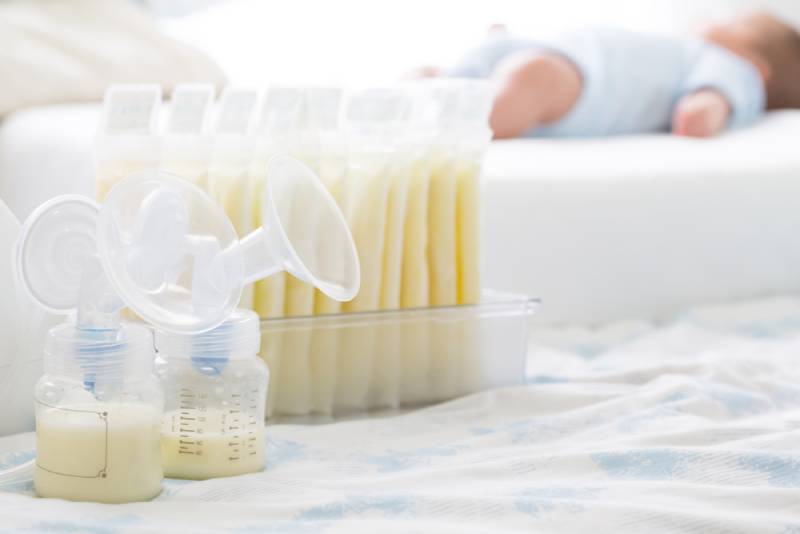
There are two proper methods to scalding milk: either heating it up in a pan on a stove or utilizing a bottle warmer.
The process is similar, it’s just the container that changes a few steps in the process.
It usually involves heating the milk up in a pan to anywhere between 140°F and 180°F , to the point where it’s boiling.
Don’t let it bubble though as that’ll just ruin most of the nutritive value of the milk, at which point you may as well just throw it away and start a fresh batch.
The lower temperatures take about a minute or so of heating up, while the higher ones need only a dozen seconds or so.
I’d suggest sticking to the middle if you can and letting it simmer at around 160°F for around 10-20 seconds before removing it from the heat.
Once the milk has sufficiently boiled, have a stainless steel or pyrex bottle ready to pour the milk into before submerging it in a large bowl of ice to help it cool down quickly.
Once it has reached a low enough temperature and you can safely hold the bottle, you can pour the milk back into a storage bag or any other container that you’re using (make sure it’s for human milk again).
Once that’s done, just place it in the fridge/freezer as normal.
A useful tool to have to be able to maintain the right temperature is a digital thermometer.
Boiling on a stove can be tricky otherwise and can have rapid shifts in temperature if you’re not careful.
The process for the bottle warmer is about the same, except you don’t use a stove or a pan but the bottle warmer itself to keep the milk at a certain temperature before following the other steps.
The results are the same, but some of you might not have a bottle warmer handy.
Now while all of it may seem like a lot of extra work, it is necessary if you want to avoid having to force your child to consume something he finds disgusting.
And then there is one more method that’s as simple as it gets, but does require you to be attentive and have a lot of free time on your hands, since you need to be present for it as the milk source.
EXTRA: A Way To Circumvent Having To Scald Milk
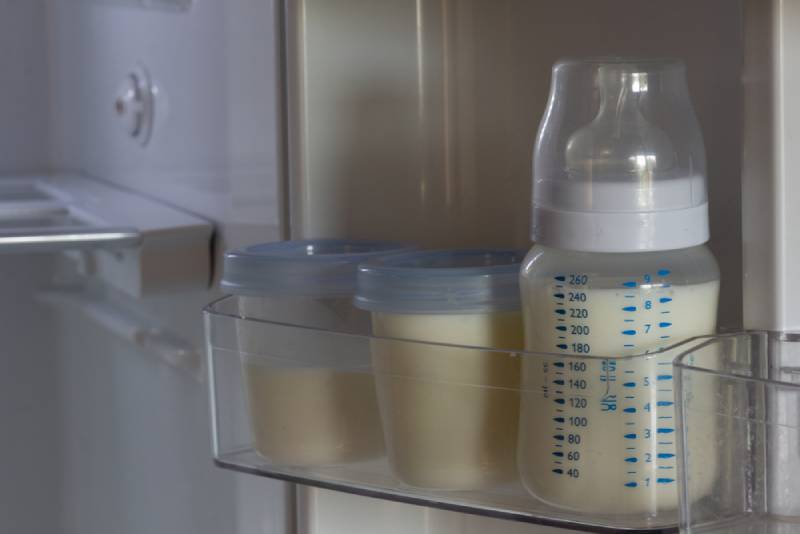
This method is something very familiar to many moms and that’s exclusive breastfeeding.
It’s quite simple. The milk only starts getting that rancid, soapy smell and metallic taste after it’s been expressed/pumped for a few hours or more, but fresh milk doesn’t.
It’s just like any other breast milk, which means no smells, no bad taste, no nothing but sweet liquid golden goodness.
Now, you don’t have to stick to the very definition of exclusive breastfeeding – you don’t have to follow it to the letter here – but you will have to pay attention to just how long it takes for your milk to show signs of high lipase.
That time is your feeding window, meaning you can still safely pump milk, as long as you use it I’d say at least an hour before it turns smelly, just to be safe.
Meaning you can freshly breastfeed your child in the morning, pump some breast milk out before work if your milk supply is high enough to cover an entire workday and then return back to breastfeeding them for the remainder of the day.
While manageable, I wouldn’t recommend it if you’re a working mom as it’ll just bring you a whole lot of extra stress having to manage something so time-sensitive atop your other duties.
I’d much rather rely on scalding milk and teaching your partner and/or babysitter to do the same for when you’re not around.
This way you can still pump whenever you want and then go through the scalding process when it’s feeding time.
The Takeaway
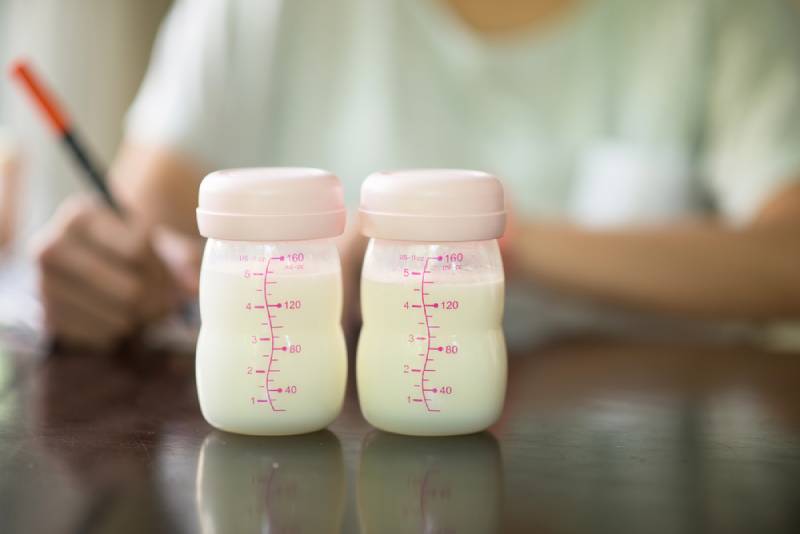
Dealing with high lipase milk problems can be a real pain and the source of so much stress at first when you start thinking that there’s something horribly wrong.
The thought of potentially having to throw all that liquid gold that you so diligently worked on expressing or pumping out for storage is terrible.
Trust me, there are many worse things that us moms have to deal with. This is a thorn in our sides at best.
Try not letting fear or worry take over and take deep breaths.
Make sure to check your baby gear and see if something has gotten dirty or contaminated in the pump, or if the containers that you’re using aren’t plastic since they’re known to contaminate the milk at times.
If none of that seems to be the issue, you have your doctor, pediatrician, lactation consultant, or any other healthcare professional to ask for advice.
They’re there for you, as is everyone here from Mom Tribe!
Your doctors will help determine the cause to alleviate any worry and will give you professional advice that you ought to heed.
But just so you don’t have to visit them for a repeat, you’ll have this refresher article waiting for you at any time.
Like this post? Please share or pin it for later. You can also stay in the loop and follow us on Facebook, Instagram and Pinterest.
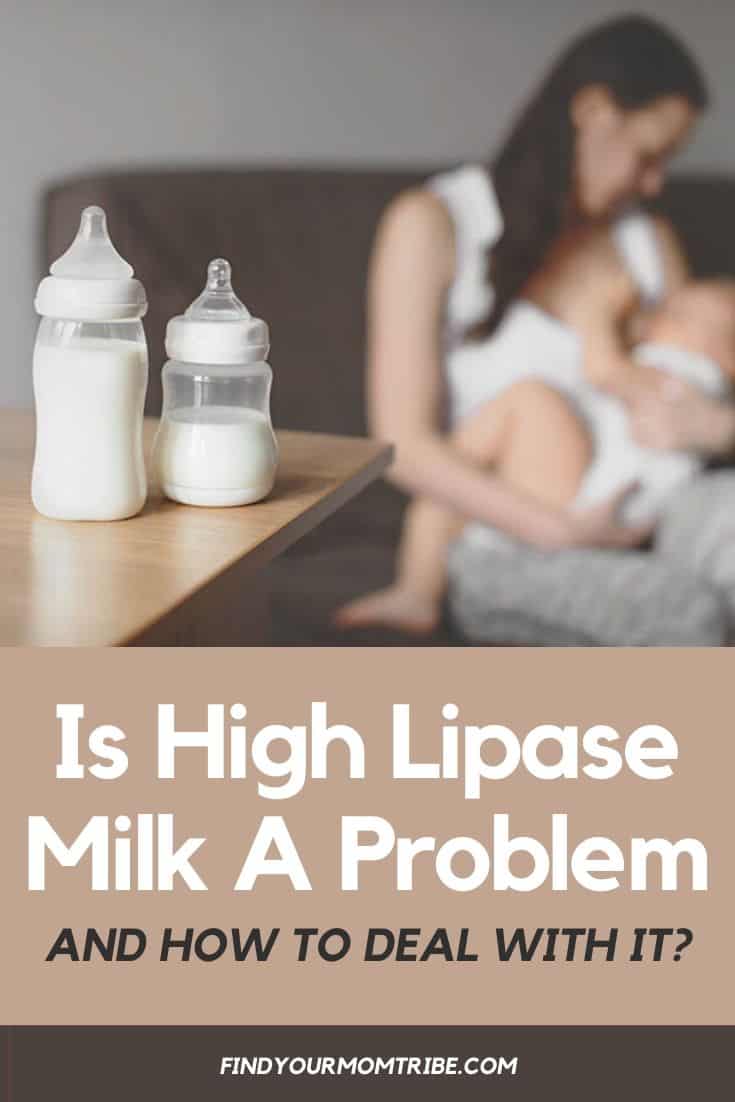
This post contains affiliate links. Please see our full disclosure or more info.

